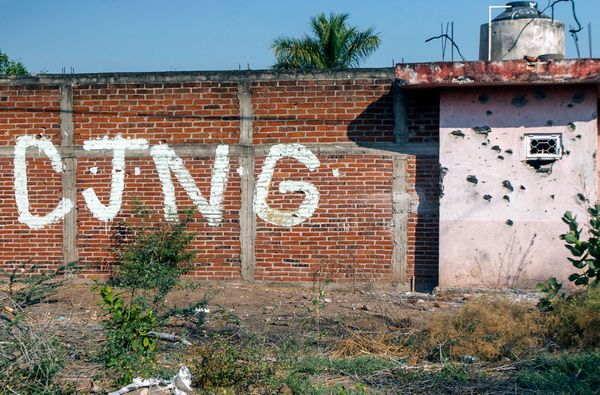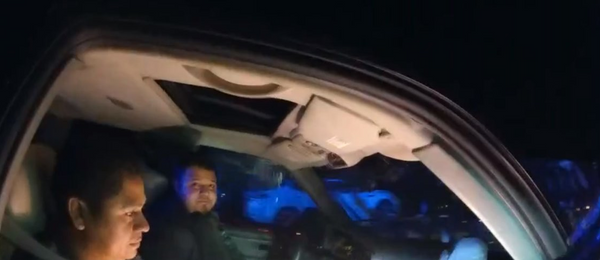
Last week, there was a leak. More accurately, a leaked rumour. It probably didn’t register with just about any person who does not play video games, but it was notable nonetheless. FIFA 23, the latest instalment of the hugely popular series, will feature the 2023 Women’s World Cup. It will also make women’s football more prominent than it has been since manufacturer EA Sports introduced female players to the long-running simulation game in 2015.
Back then, there were only 12 women’s teams, all of which were international, with no domestic leagues. FIFA 23, however, will reportedly allow players to select women’s club sides for the very first time, including from the FA Women’s Super League, Frauen-Bundesliga, National Women’s Soccer League and Division 1 Féminine.
A video game, of course, is just that – a fantasy. But it is also a fantasy with more than nine million active players across all platforms. And with the 2023 World Cup now 500 days away, there is genuine value in marketing the women’s game to the global masses.
In little more than 16 months the world’s eyes will fall on Australia and New Zealand, the two hosts of the first tournament to be staged in the southern hemisphere. On Monday morning there were more eyes on a car crash on the Sydney Harbour Bridge than down below in front of the Opera House, where Matildas players and football officials made a press appearance to mark the first of what will undoubtedly be a few milestone events.
Though it flew under the radar, it was also important, and appears – at least on the surface – to demonstrate a commitment to ensuring this opportunity will not be viewed as one that got away once the bright lights of the tournament have faded.
The word “legacy” has a prominent part of the countdown vernacular. Football Australia’s official branding is called Legacy ’23, a five-pillared “ambitious plan to ensure we deliver positive and enduring benefits for Australia’s largest community sport, beyond 2023”.
“We know that this tournament will take women’s football to another level, and we are committed to leveraging it to escalate the growth of women’s football in Australia,” said FA’s head of women’s football, Women’s World Cup legacy and inclusion, Sarah Walsh.
“Through Legacy ‘23 we will deliver meaningful change including 50/50 gender participation, greater female representation in leadership roles and greater access and pathways at all levels of the game.”
Indeed, for the first time in World Cup history, the First Nations names for the nine host cities have been weaved into the branding as part of a promise to make real, tangible improvements in the inclusion of Indigenous communities in both countries.
The five Australian cities are referred to not just as Adelaide, Brisbane, Melbourne, Perth and Sydney, but also Tarntanya, Meaanjin, Naarm, Boorloo and Gadigal. The New Zealand cities are Tāmaki Makaurau/Auckland, Ōtepoti/Dunedin, Kirikiriro/Hamilton, and Te Whanganui-a-Tara/Wellington.
Both on the pitch and off, the gestures are laudable, and the federal and state governments says they are on board. But cold hard cash is what makes the world turn and football in this part of it is notorious for having none.
Last year, FA chief executive James Johnson lobbied for $275m in government funding over an eight-year period to achieve its ambitious Legacy ’23 proposal, including $180m earmarked for a “female community football facility legacy fund” to reverse a long-standing paucity of infrastructure. He was told he would get only part of that sum.
The government has offered some cash, including $12m to support high-performance objectives for the Matildas, Young Matildas and Junior Matildas such as international fixtures. It came after the Women’s Performance Gap Report painted a bleak outlook for the depth of Australia’s national team, a predicament highlighted by the Matildas’ quarter-final exit at January’s Asian Cup.
And that is the elephant in the room: that Australia are expected to have eyes on the trophy but could not break the back of a confederation with no teams inside the world’s top nine. It has put coach Tony Gustavsson under significant pressure, though captain Sam Kerr says that is mainly external.
“I think we’ve always had this happen to us as a team, where maybe before the World Cup we haven’t been performing or things have happened where they fired our coach, or got a changeover of coach right before the Olympics or the World Cup,” Kerr told Fox Sports on Monday.
“For us that would be the worst thing in the world because starting fresh again, it’s just we’ve done it three or four times now. It happened when we lost Hesterine [de Reus in 2014], when we lost Staj [Alen Stajcic in 2019], when we lost Ante [Milicic in 2020]. It’s always a year out from a major tournament.”
Internationally speaking, revenue will not rely solely on the host nations’ performances, and the presence of reigning world champions the United States along with Europe’s heavy hitters should bring a significant economic boost, especially as the world continues to reopen from Covid-19 restrictions.
Add to that the presence of new countries in the expanded, 32-team competition, including Vietnam and Stajcic’s Philippines, with whom he has just signed a contract extension to guide the team through the tournament.
“Seven teams are now confirmed – two for the first time,” said Jane Fernandez, Australia’s chief operating officer for the tournament. “Qualification will continue to gather momentum over the next 12 months with 25 nations set to secure qualification and join us in Australia and New Zealand 500 days from now for the biggest FIFA Women’s World Cup in history.”







